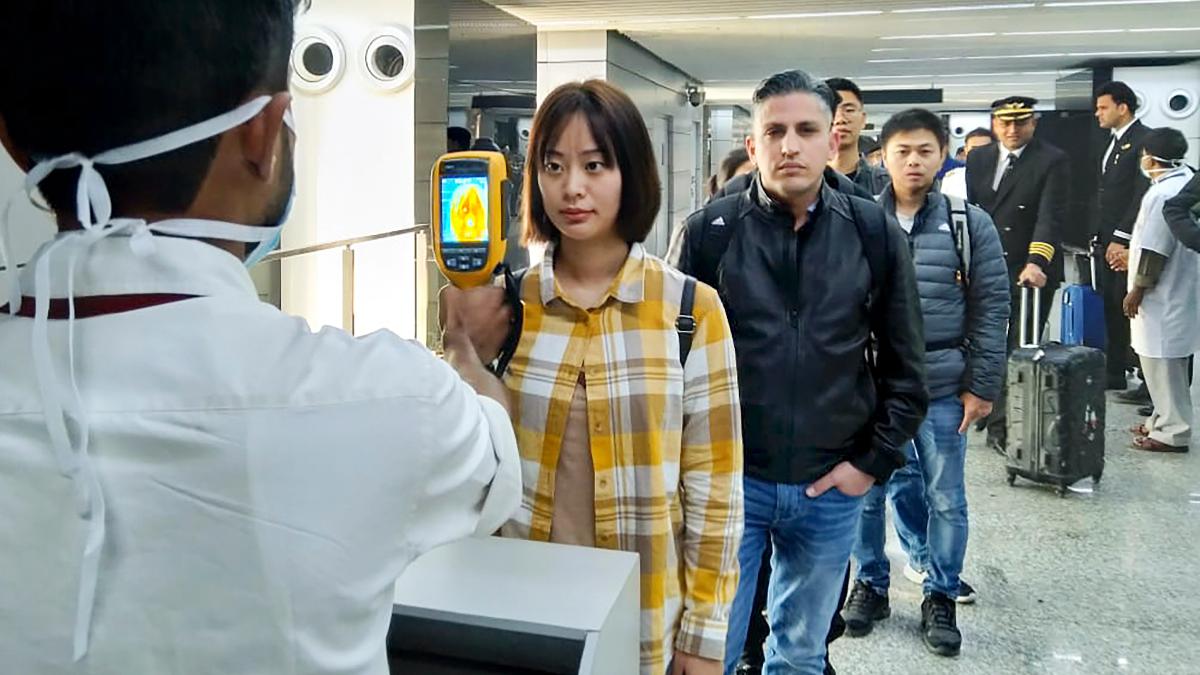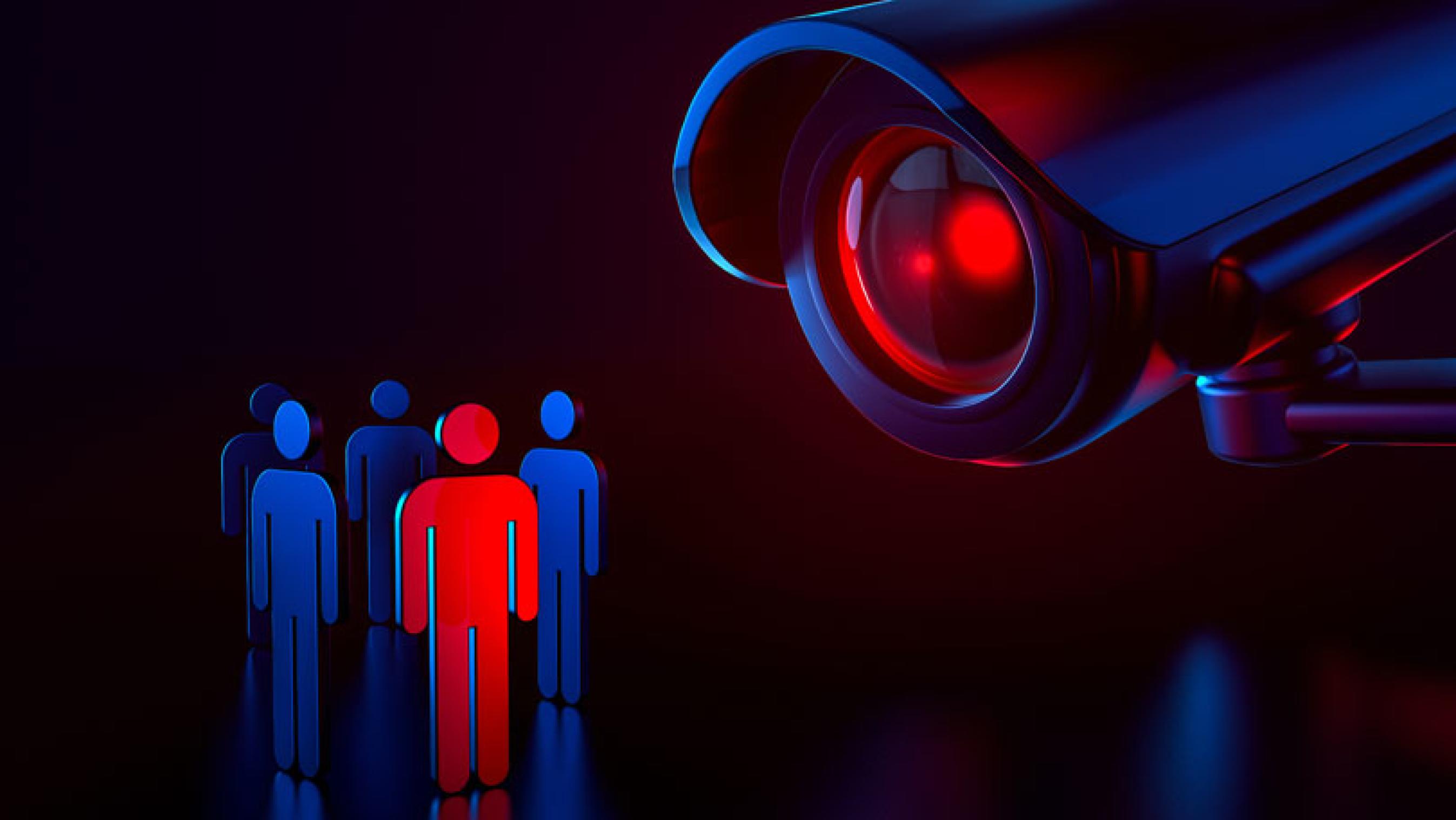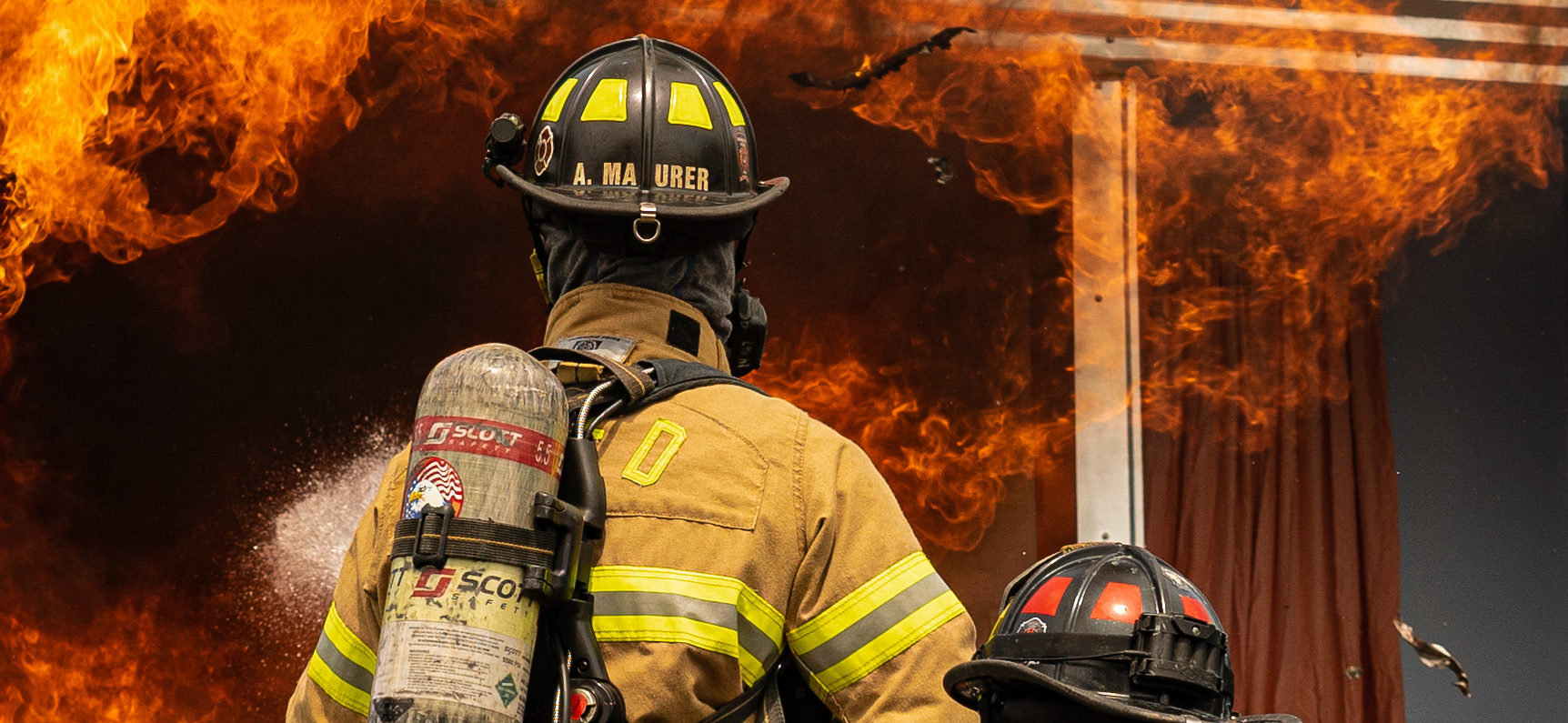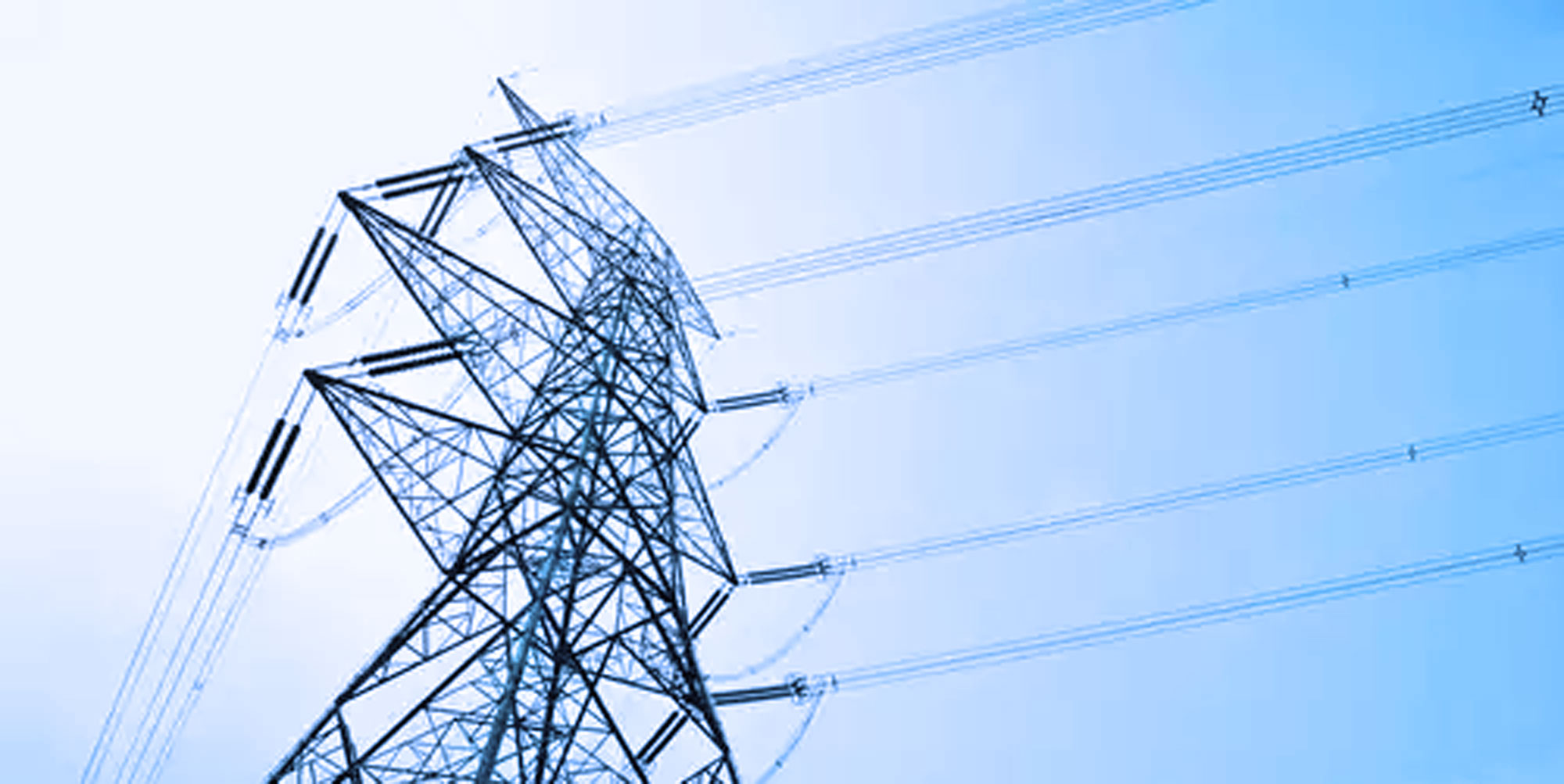Thermal imaging: Making India Safe & Secure
Thermal imaging: Making India Safe & Secure
Thermal imaging cameras were once common in utility and industrial plants, but commercial buildings have just as many opportunities to benefit from thermography. The recent outbreak of the Corona virus is all over the news. We have seen many references of people using thermal cameras pointed into a crowd with the hope to detect folks with an elevated body temperature. Most of the approaches are flawed.

This makes it clear that, as the Corona pandemic takes hold across the world, those hit the hardest—within countries but also across countries—will need support to help contain the virus and delay its spread to others. These point-and-shoot imagers are used to find heat loss and moisture intrusion within seconds, take no-contact measurements from a safe distance, and create pictures of problems that are easy to understand.
What’s thermal imaging?
Thermal imaging cameras are devices that translate thermal energy (heat) into visible light in order to analyse a particular object or scene. The image produced is known as a thermogram and is analysed through a process called thermography. These images can be used for immediate diagnosis or processed through specialized software for further evaluation, accuracy, and report output. Note that thermal imagers don’t measure temperature. “They measure radiated thermal energy from which a temperature is derived based on the amount of energy detected”
Theory behind this thermal imaging…
The visible light spectrum is the segment of the electromagnetic spectrum that the human eye can view. This visible light represents the smaller portion in electromagnetic spectrum whereas infrared radiation (IR) represents a larger percentage. We need some dedicated equipment to see what’s happening in the IR region. All objects absorb, reflect, and sometimes transmit energy at different levels. Different materials will give off heat or cold energy at different rates. It is this energy that can be detected by infrared equipment and displayed as images.
Use cases !!!
Originally developed for military use during the Korean War, thermal imaging cameras have migrated into other fields and have found many uses. We can alter the use cases to our needs,
- Ever since the corona outbreak, it’s very hard to analyse and diagnose a huge population in India. By using the thermal imagers discreetly in offices, schools, industrial areas & malls, there is a possibility to contain the virus and isolate people who are infected.
- Firefighters use them to see through smoke, find people and localize hotspots of fires.
- Law enforcement uses the technology to manage surveillance activities, locate and apprehend suspects, investigate crime scenes and conduct search and rescue operations.
- Power line maintenance technicians locate overheating joints and parts to eliminate potential failures.

Things to look for in an imager..
Whether you choose a simple point-and-shoot model or a high-end thermal imager with all features, here are some key features and specs you should consider,
- Resolution: Detector resolution indicates the number of detector pixels on the camera. More pixels mean higher resolution. Spatial resolution can be used to help define the smallest object size that can be detected. A lower spatial resolution value means better detail and image quality.
- Temperature range: select a camera with a wide temperature range that automatically selects the range based on your scene or allows you to manually select the temperature range.
- Saving images and additional data: It’s important to have the flexibility to save images and additional related data to different media for backup or sharing. It can be saved to internal memory, a removable SD card, or to a USB flash drive.
- Battery type and life: Look for a battery with useful features such a charge level indicator. Nothing is worse than starting an inspection with no idea of the battery status. Also consider long battery life and quick charging ability.
- Thermal sensitivity: is the smallest temperature difference the camera can detect. A sensitivity of 0.05° means the camera can distinguish between two surfaces with only a five-hundredths of a degree temperature difference.
- Focus:Some common focus mechanisms are,
- Fixed: Point and shoot simplicity
- Manual: Precise incremental focus
- Auto focus: Automatically focuses on a target but may require manual adjustment.
- Laser-assisted auto focus: Uses a built-in laser distance meter to calculate distance to the target.
- Multi-focal: Captures and stores multiple images of the target from varying focal distances and uses software to blend them into one image with ultra-sharp depth of field detail.
We @layots are ready to support peoples and organisations to continue their business operations. LET'S FIGHT THIS CORONA PANDEMIC SITUATION TOGETHER !!






